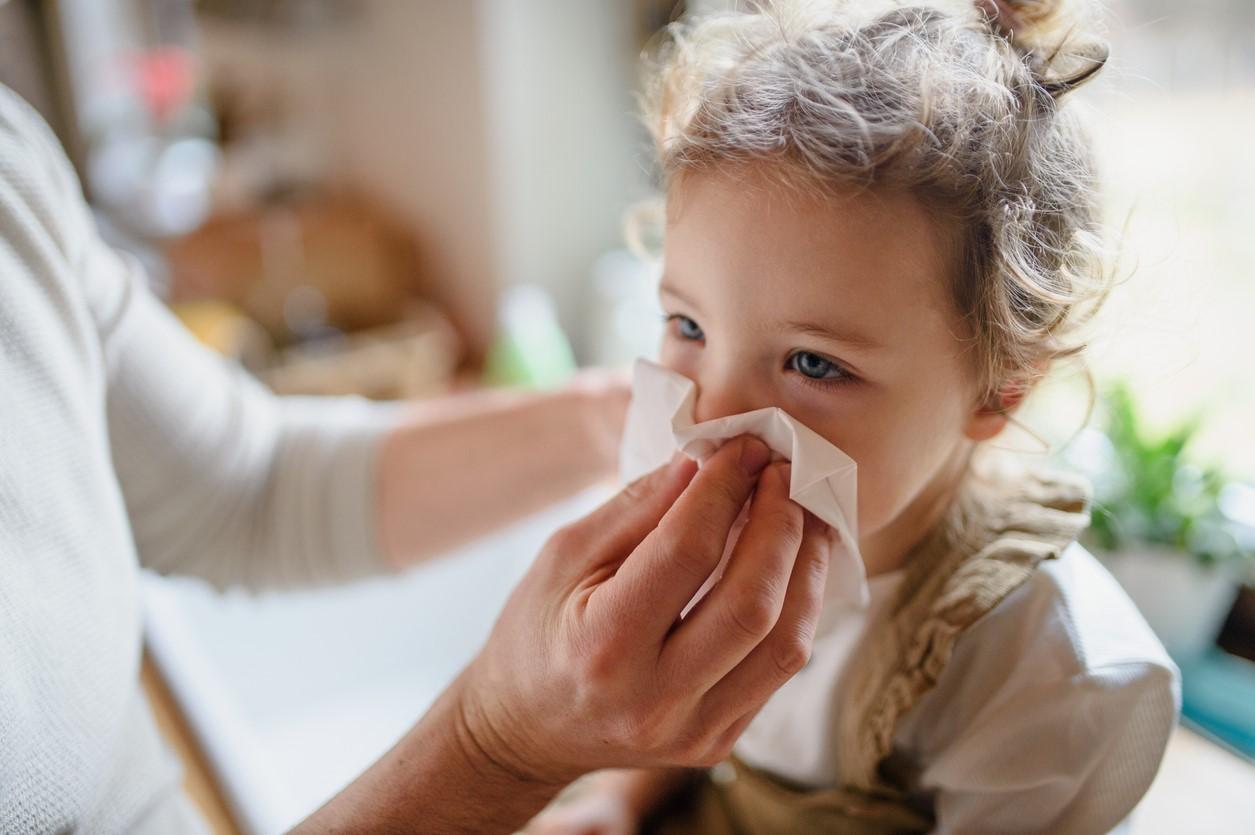A case-control study of 24,000 King County, Washington, residents with COVID-19 symptoms finds that close contact with someone who tested positive for SARS-CoV-2 was the strongest predictor of infection, while young age was tied to a positive rhinovirus test, with sociodemographic disparities in rates of both.
The research was published late last week in JAMA Network Open.
The rhinovirus is the primary cause of the common cold in both adults and children. The researchers noted that rhinovirus, after an initial decline during spring 2020 lockdowns, was the only pathogen to circulate substantially with COVID-19 in the first pandemic year, when the flu and other endemic respiratory pathogens were mostly absent.
A team led by University of Washington researchers used a test-negative study design to evaluate links between COVID-19 and rhinovirus test positivity and demographic factors and symptoms among 23,498 King County residents of all ages enrolled in a community surveillance study from June 2020 to July 2022. King County was an early epicenter of US SARS-CoV-2 activity in spring 2020.
Greater than 90% of participants had COVID-19 symptoms, and all were tested for SARS-CoV-2 and, in many cases, 24 other respiratory pathogens, including rhinovirus. Uninfected participants served as controls. Median age was 34.3 years, 59.1% were female, 17.1% were Asian, 2.8% were Black, 9.3% were Hispanic, 31.4% lived in less-affluent south King County, and 27.7% resided in a high-risk census tract.
The study period encompassed the predominance of wild-type SARS-CoV-2 (Jun 10, 2020, to Jan 31, 2021), pre-Omicron variants (including Delta; Feb 1 to Dec 11, 2021), and Omicron (Dec 12, 2021, to Jul 27, 2022).
COVID vaccination protective
A total of 1,337 participants (5.7%) were diagnosed as having COVID-19, including 40 coinfected with rhinovirus; 2,629 participants (11.2%) tested positive for rhinovirus. The largest proportion of COVID-19 infections occurred during the Omicron period, while the largest proportion of rhinovirus infections occurred before Omicron.
The percentage of participants vaccinated against COVID-19 rose as nonpharmaceutical interventions (eg, physical distancing) gradually eased. Of 3,829 participants reporting close contact with an infected person, social contacts were the most common (50.4%), followed by household (30.6%) and workplace (22.8%) contacts; 141 participants reported more than one kind of contact.




















